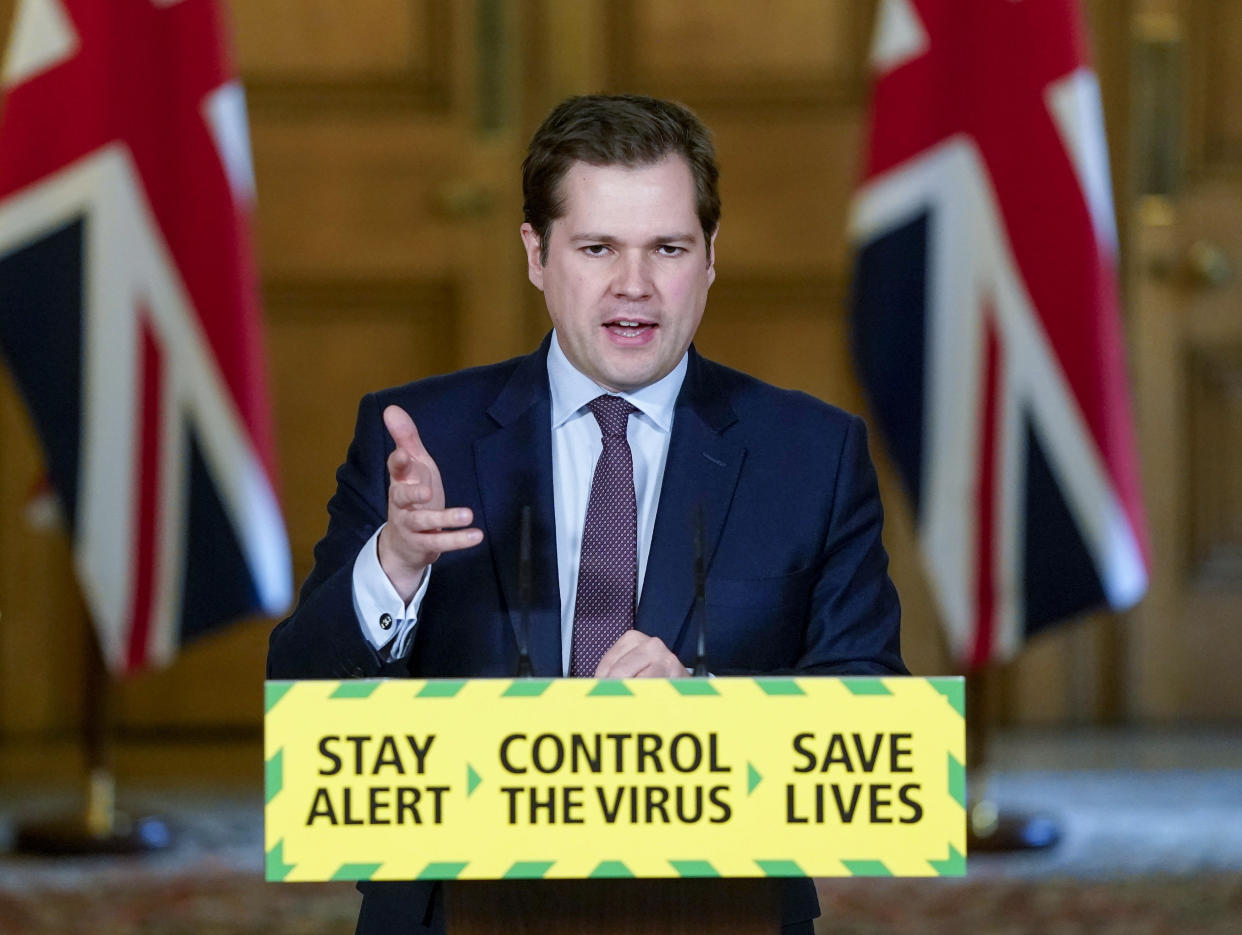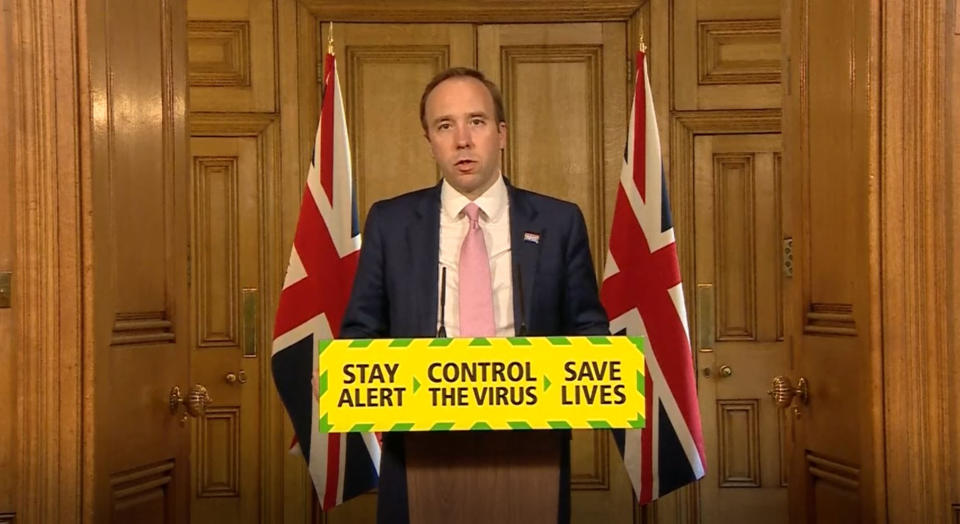Local lockdowns won't be as tough for wealthier people, Robert Jenrick admits

The government’s plan for local lockdowns to contain the spread of coronavirus will be easier for wealthier people, the housing secretary has admitted.
Robert Jenrick said that future lockdowns concentrated on areas in England with “flare-ups” of COVID-19 were the “only sustainable route” for living with the disease.
However, he conceded the lockdowns would be tougher for some than others, including for those living on council estates.
Speaking to LBC, he said: "It is going to be more difficult for those people who live or work in close proximity to others.

"But as I say, what is the alternative? The alternative is for the whole of society to be locked down for a very long period of time."
Health secretary Matt Hancock said on Tuesday that the ability to tighten restrictions in individual regions will be part of the NHS test, track and trace system – which is set to expand on 1 June.
He told the daily press briefing: "We will have local lockdowns in future where there are flare-ups, and we have a system we are putting in place with a combination of Public Health England and the new Joint Biosecurity Centre, along with the local directors of public health who play an absolutely crucial role in the decision-making in the system, to make sure if there is a local flare-up there is a local lockdown.
"And so local lockdowns will be part of the future system that we put in place as part of the NHS test-and-trace system.”
The government's road map for easing lockdown restrictions set out how the Joint Biosecurity Centre would have a "response function" that could address local spikes in infections, in partnership with local public health agencies.
This could lead to local schools, businesses or workplaces being closed in areas with high prevalence of infection, it said.
Commenting on the track and trace system, Jenrick added: “If we can get our track, trace and test system set up across the country if there is a flare-up in a particular community, or somewhere that's even more micro than that, like a school or workplace, hospital, then we'll be able to ask those people who've come into close contact with the individuals who've got the virus to stay at home, to self-isolate for a short period of time."

Earlier this month, Jenrick said it was the government's "strong preference" that lockdown measures are lifted at the same time across the country.
However, he said some restrictions could be reimposed at a local level if required.
The latest figures on confirmed coronavirus cases show they are relatively high in the North East, with 495 confirmed cases per 100,000 population in Sunderland, 493 per 100,000 in Gateshead and 491 per 100,000 in South Tyneside.
In parts of South West England, the figures is as low as 105 per 100,000 (South Somerset), 96 per 100,000 (Dorset) and 95 per 100,000 (West Devon).
Barrow-in-Furness (with 831 confirmed cases per 100,000) has the highest figure both for England and the whole of the UK.
Coronavirus: what happened today
Click here to sign up to the latest news, advice and information with our daily Catch-up newsletter
Read more about COVID-19
How to get a coronavirus test if you have symptoms
What you can and can’t do under lockdown rules
In pictures: How UK school classrooms could look in new normal
How public transport could look after lockdown
How our public spaces will change in the future
Help and advice
Read the full list of official FAQs here
10 tips from the NHS to help deal with anxiety
What to do if you think you have symptoms
How to get help if you've been furloughed




